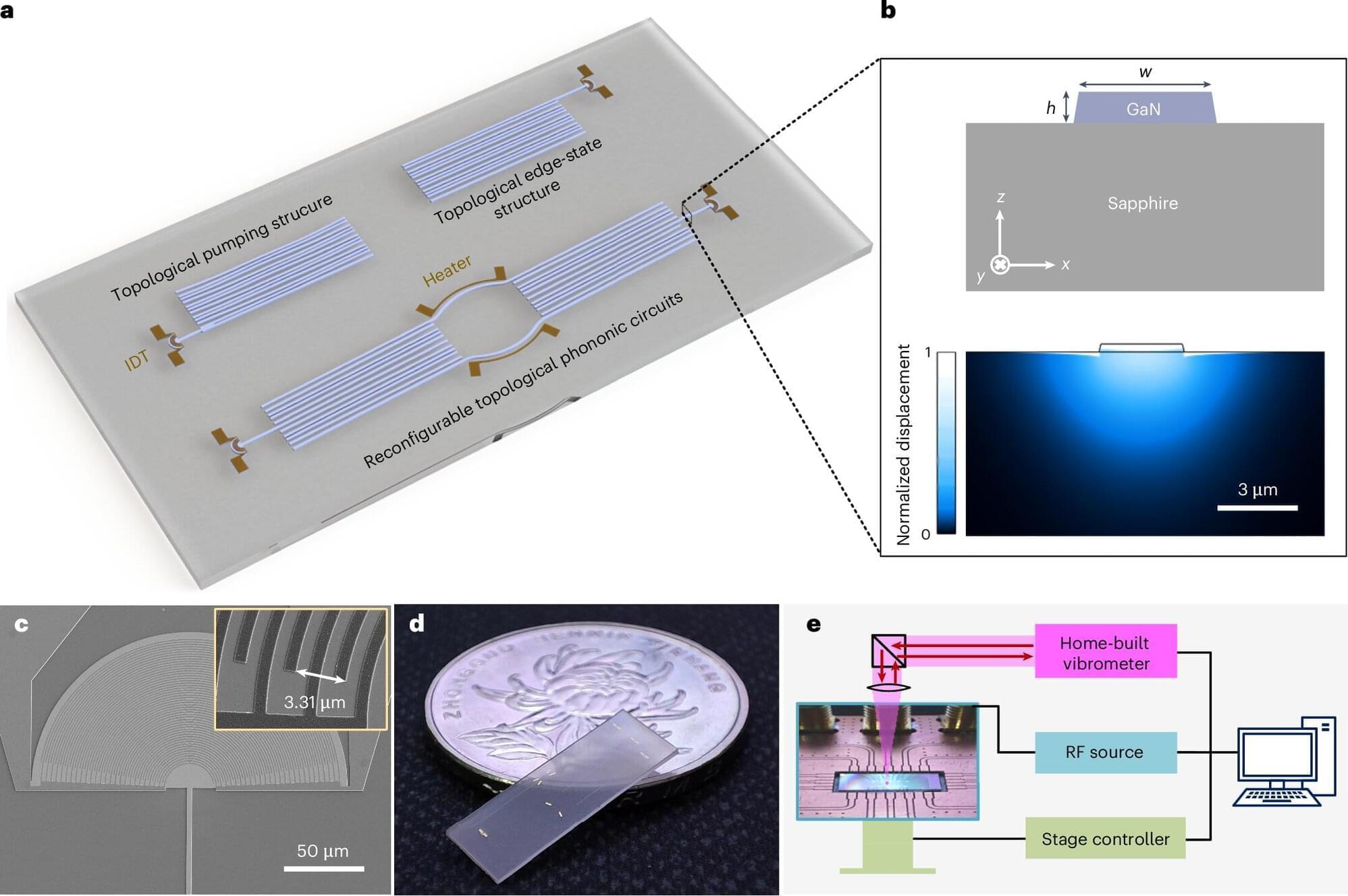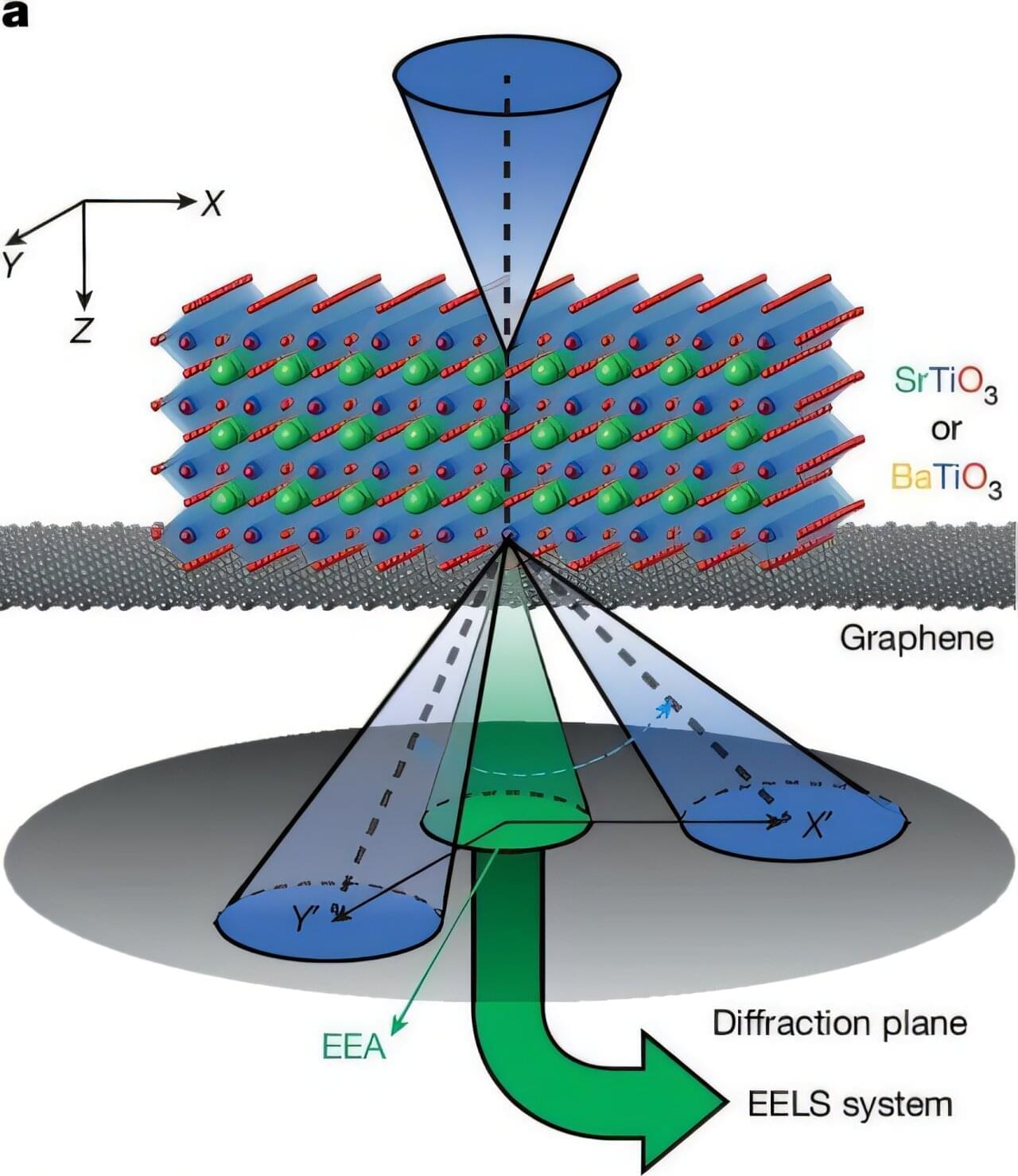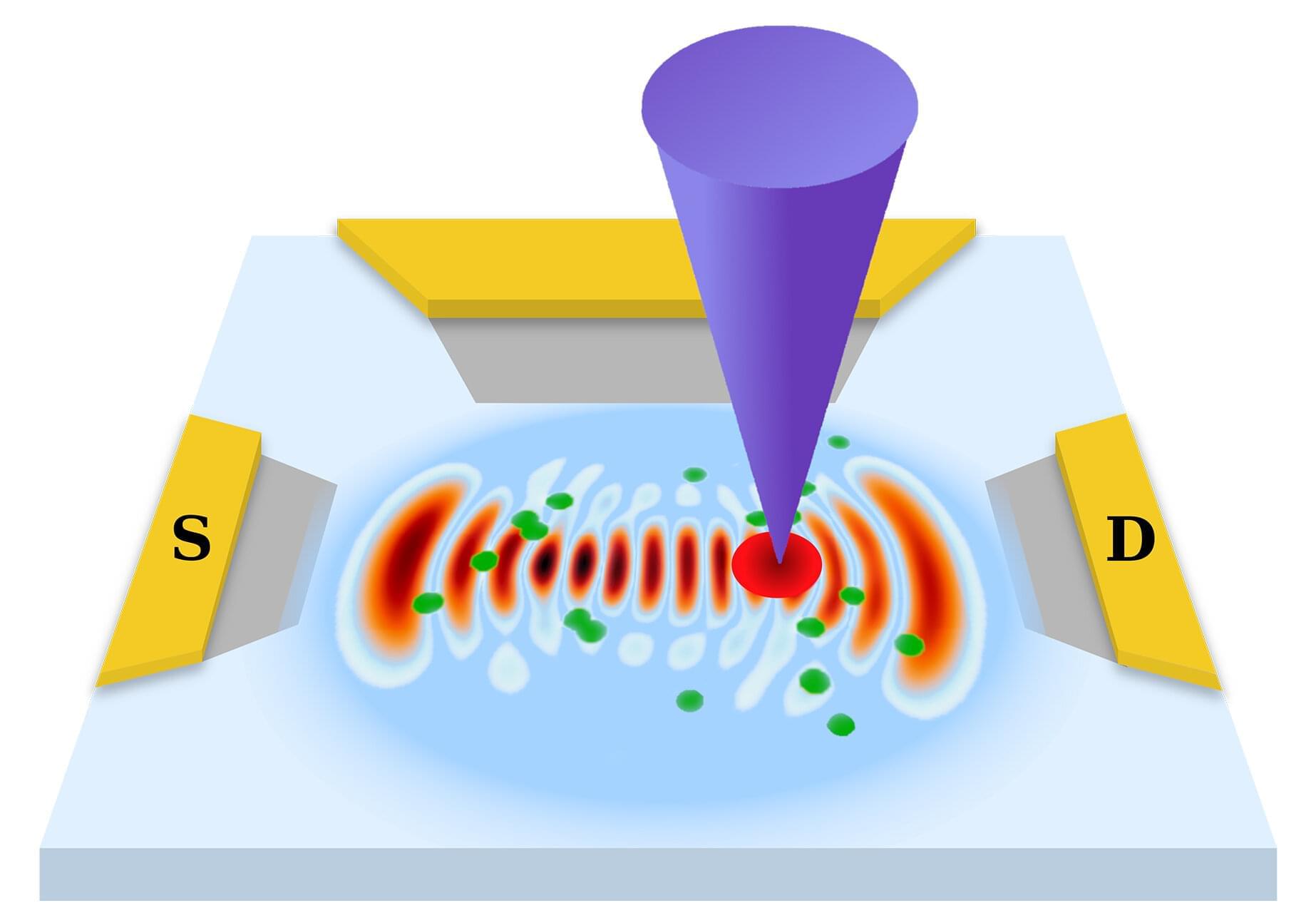Phononic circuits are emerging devices that can manipulate sound waves (i.e., phonons) in ways that resemble how electronic circuits control the flow of electrons. Instead of relying on wires, transistors and other common electronic components, these circuits are based on waveguides, topological edge structures and other components that can guide phonons.
Phononic circuits are opening new possibilities for the development of high-speed communication systems, quantum information systems and various other technologies.
To be compatible with existing infrastructure, including current microwave communication systems, and to be used to develop highly performing quantum technologies, these circuits should ideally operate at gigahertz (GHz) frequencies. This essentially means that the sound waves they generate and manipulate oscillate billions of times per second.








